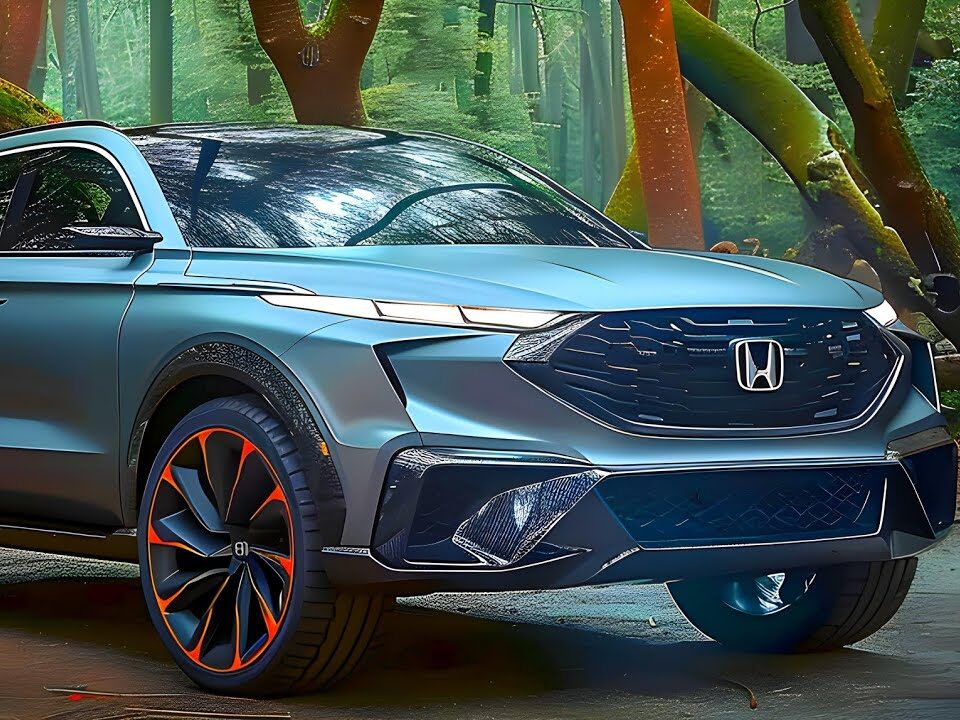In the ever-evolving landscape of automotive design, manufacturers continuously strive to strike the perfect balance between innovation and affordability. Honda, renowned for its commitment to quality and reliability, has long been a staple in the compact SUV market with its HR-V model. However, the unveiling of the 2025 Honda HR-V raises eyebrows as it comes with a slightly higher price tag while offering almost the same features as its predecessor.

With the 2025 HR-V, Honda seems to have adopted a strategy of subtle refinement rather than revolutionary change. At first glance, the exterior design remains largely unchanged, retaining the sleek and sporty silhouette that has become synonymous with the HR-V brand. The familiar LED headlights and taillights, along with the signature grille, maintain continuity with previous models, giving the impression of continuity rather than innovation.
Step inside the cabin, and you’ll find a similar story. The interior layout remains largely unchanged, with seating for five passengers and ample cargo space. While the materials used feel premium and durable, there’s a sense of déjà vu, with little in the way of significant updates or enhancements. The infotainment system, while functional, lacks the cutting-edge features found in competitors’ vehicles, leaving tech-savvy consumers wanting more.
Under the hood, the 2025 HR-V offers the same engine options as its predecessor, with a choice between a fuel-efficient four-cylinder engine or a more powerful turbocharged variant. While these engines deliver respectable performance and fuel economy, they fail to push the boundaries of innovation in an increasingly competitive market segment.
So, what justifies the slightly higher price tag of the 2025 HR-V? Honda cites incremental improvements in safety features and overall build quality as key selling points. Advanced driver-assistance systems such as lane-keeping assist, adaptive cruise control, and automatic emergency braking now come standard across all trim levels, providing added peace of mind for drivers and passengers alike. Additionally, Honda claims to have made enhancements to the chassis and suspension, resulting in a smoother and more refined driving experience.
While these improvements are undoubtedly welcome, they may not be enough to justify the higher cost for some consumers, especially when compared to other vehicles in the same price range that offer more advanced features and technology.
In a market where innovation is king, the 2025 Honda HR-V’s lack of significant updates may leave some potential buyers underwhelmed. While Honda’s reputation for reliability and resale value may sway some consumers, others may be tempted to explore alternative options that offer greater bang for their buck.
In conclusion, the 2025 Honda HR-V represents a missed opportunity for Honda to truly shake up the compact SUV market. While the subtle refinements and incremental improvements are commendable, they may not be enough to justify the slightly higher price tag for consumers seeking the latest in automotive technology and innovation. Ultimately, whether the 2025 HR-V is worth the investment will depend on individual preferences and priorities, but one thing is clear: in a rapidly evolving industry, standing still is not an option.
